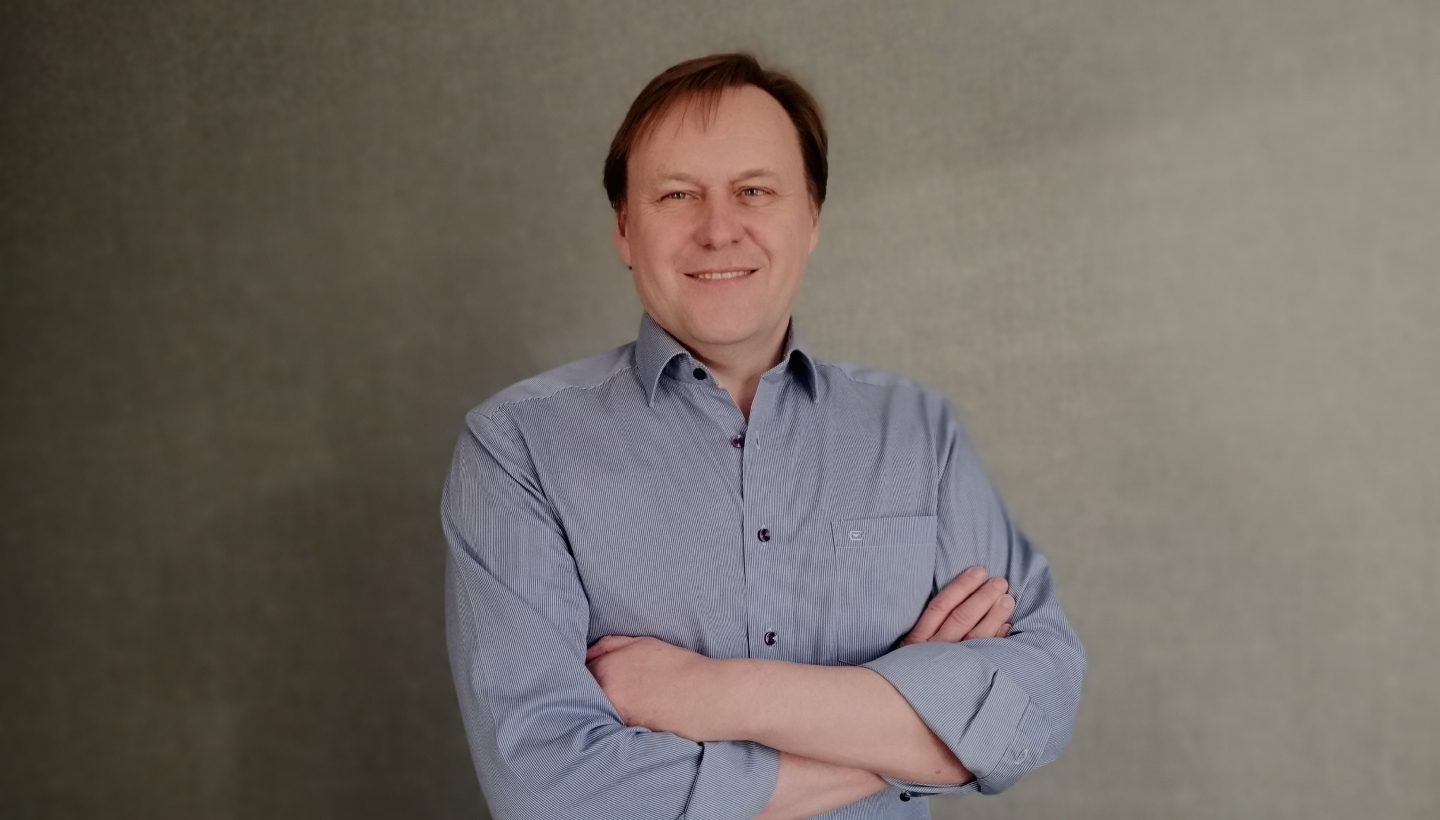
From demand aggregators to smart cities: what is Energynet and how NTI is creating the markets of the future
The Report: Facts
and figures
Facts
and
figures

In the last decade, gadgets and services, which previously could only be found in science fiction books and films, have become a staple of our daily lives. The National Technology Initiative estimates that in the next 10-15 years we will encounter greater changes, and the emergence of new technologies will create new markets. Therefore, the concept of NTI markets has been developed, and it includes markets, which are expected to emerge in the foreseeable future. One of these is the Energynet distributed energy market. Here, we’re looking into two key questions: why the energy industry requires transformation and whether Russian companies will be able to take up leading positions in this new market.
New energy architecture
New energy architecture
Market development efforts are based on the Energynet roadmap. The roadmap is an action plan for the development of technologies, products and services that will help Russian companies compete in the new market. A further regulatory roadmap aims to remove barriers and simplify relevant legislation. These roadmaps have been developed by the Energynet working group, which is now also leading their implementation. The working group consists of representatives of government departments, the science community and large businesses, including companies such as T-System, Smart Electric Grids, Rosatom, Rosseti, RusHydro and others.
In 2019, six comprehensive pilot projects were launched as part of the Energynet market development. Each project aims to solve a specific problem in energy supply by testing complex solutions that include technological, operational, economic, organizational and regulatory elements. Each project is also linked to a particular location, because, for example, it makes sense to deal with the problem of energy availability in an isolated area, which is actually experiencing such problem. This approach allows to evaluate results and implement technological solutions with greater speed and efficiency.
Details
Why does Russia need new energy explains Dmitry Kholkin, Head of the Energynet Legislative Working Group
It’s vital that Russia doesn’t just follow trends in the energy sector, but stays ahead of them, and there are two main reasons for that. First, the decarbonisation policy is related to climate change, and Russia joined the Paris Agreement on climate in 2019. The drive for decarbonization is likely to continue, and our country will need to do a certain amount of work to remain compliant with international agreements, as it normally does. Furthermore, products with a hefty carbon footprint will be subject to carbon tax on import into Europe. So, for example, if steel isn’t produced using a clean source of energy, then it automatically becomes more expensive in export markets, and its Russian manufacturer becomes less competitive.
The second reason relates to the peculiarities of our energy sector — Russia is a country with a large territory, long distances and low consumption density, so maintaining a centralized energy supply is expensive in these conditions. The fact that we have access to cheap fuel resources doesn’t mean that the electricity is cheap for its end users. It is expensive, because most of the cost covers the maintenance of a large infrastructure and various types of reserves.
Thus, we assume that switching to new energy, which will be distributed and decentralized, together with the traditional approach, will eventually allow us to use the existing energy capacity more efficiently and cut the investments needed for the construction of centralized infrastructure. This will restrain price growth. Moreover, we know that without the development of new energy in Russia, we won’t be able to create high-tech export products for global markets.
How Energynet is removing barriers
Demand Management is the first pilot project within Energynet market. Using it as an example, we will explain how the projects work, what barriers have to be removed for their implementation and how this creates real change in the market.
Users can earn money by limiting their consumption during certain hours. This practice is wide-spread in Europe, while in the US it accounts for approximately 10% of total power consumption. Expensive generation is used during peak hours, which mostly happen in the mornings and evenings. Thus, it is much more economical to reduce consumption during these hours. The use of electricity demand management technologies in Russia can help save up to 105 billion rubles per annum and limit tariff growth. However, it hasn’t been possible to implement this model yet. The price-dependent consumption reduction (PDCR) mechanism for the wholesale market was launched in 2017, but its effect was weak due to a small number of participants, which only included large consumers.
The Energynet working group set out to remove this barrier by using demand management aggregators to bring together a large number of retail consumers, thus transforming them into fully-fledged market participants. In 2018, the working group developed and presented its concept outlining the operational specifics of demand management aggregators in the retail market for electricity. The concept was the first product of the Energynet roadmap. Having been approved by the working group, the document was then forwarded to the Ministry of Energy. It was assumed at the time that the concept would establish the foundation for a regulatory framework required for the development of demand management mechanisms in the retail market for electricity. The working group suggested that the role of demand management aggregators, which could be taken up by independent companies or electricity suppliers, should be set out in the legislation. Thus, the document described the following arrangement: the market operator asks the aggregator to reduce consumption among a particular user group, for which the aggregator receives payment proportionate to the cumulative economic effect. The users, in turn, are remunerated by the aggregator for reducing the volume of their consumption.
On 20th March 2019, the government approved a resolution to ratify the rules for the new demand management mechanism aided by demand management aggregators. The timeframe for the pilot implementation of the mechanism has been set for 2019-2020. It has also been decided that those users that can cut their consumption without jeopardizing their performance, such as production sites and commercial properties, will become pilot consumers. For example, ventilation systems and air conditioners in shopping malls, business centers, warehouses, container terminals, sorting centers, and ice palaces can be turned off at times, in which their use is non-essential.
The pilot project started in June 2019. The system operator of the Unified Energy System was responsible for selecting companies that would assume the roles of demand management aggregators. By the beginning of 2020, it had conducted three rounds of selections. In the third quarter of 2019, 20 aggregators provided price-dependent consumption services, and in the fourth quarter — 19 aggregators. For the first quarter of 2020, the operator has selected 47 companies.

Info
Pilot projects implemented in the Energynet market
active energy structures (complexes)
demand management aggregators
energy supply in isolated and remote territories
the implementation of energy storage systems
smart grids
user energy services
Details
How has the pilot project transformed the market explains Dmitry Kholkin, Head of the Energynet Legislative Working Group
Due to the implementation of the pilot project in demand management, tens of companies acting as demand management aggregators entered this new market. When selecting their business models, they are considering the fact that the volume of this market may amount to 30-50 billion rubles in the medium term. However, to ensure success in this new and highly competitive market, these companies will have to make active use of new technologies including digital transaction platforms, modern measurement systems, solutions based on big data, artificial intelligence, the Internet of things and wireless communication systems. To that effect, the Energynet group of companies is preparing technology proposals for aggregators and conducting pilot testing.
Therefore, this experiment allowed to test the process of creating aggregators and their operation in pilot mode. The results of the Demand Management project will be examined by the end of 2020. At the same time, it will be decided what regulatory conditions are needed to scale up this new business practice in Russia. It is expected that retail consumers providing demand management services will be able to cut their electricity costs by 20%.

What’s next?
Continuous efforts are required to build a new system of smart energy in Russia. These include launching comprehensive pilot projects, adapting regulations, and supporting companies that offer technological solutions for the Energynet market. Energynet became the first officially approved long-term program for the development of technologies, standards and communities, which are essential for building new technological structures in the electric power supply industry. Hence, the experience of the working group is important for the creation and development of other strategic initiatives in the industry.
The Energynet roadmap has a number of goals. For example, the annual revenue of Russian companies working in smart energy sectors of the global market (with BRICS and developing countries being a priority) has to grow to $40 billion by 2035. In the key segments, their share should be 3–12%. According to the working group’s projection, the Energynet market in BRICS and developing countries could grow to $746 billion by 2035. One of the goals of NTI is to ensure that Russian companies can enter this market with competitive products and services and win a considerable market share.
It must be noted that the market roadmap is based on the «Internet of Energy» concept — an innovative approach to creating ecosystems connecting energy producers and consumers, so that they are then able to exchange energy. In 2019, the Internet of Distributed Energy Architecture (IDEA) was developed, which marked an important milestone for the roadmap. This development gained interest among both Russian and global experts. Two preliminary national standards have been drafted on the basis of IDEA. Therefore, complex technical solutions of the Energynet companies will now be supported by a common system of specifications, architectural solutions, and interaction protocols.
According to the experts of the working group, Energynet solutions can be assigned to three major market segments:
Reliable and flexible distribution networks
a set of solutions ensuring efficient and reliable operation of the distribution network, which is open and adaptable to new sites and market participants.
Smart distributed energy
the integration of distributed generation, storage, and micro-grids into the energy system, and the creation of virtual electric power stations to combat the problems of network overload.
Consumer services
new types of energy services that will replace traditional energy market entities with network software applications for end consumers.
The new architecture is decentralized, flexible, more advanced in terms of implementing new business models, and more user-friendly for end consumers. The Internet of Energy will make energy cheaper, more accessible, and more reliable. Moreover, it will also drive the development of the Internet of things, other utility infrastructures, and smart cities.
